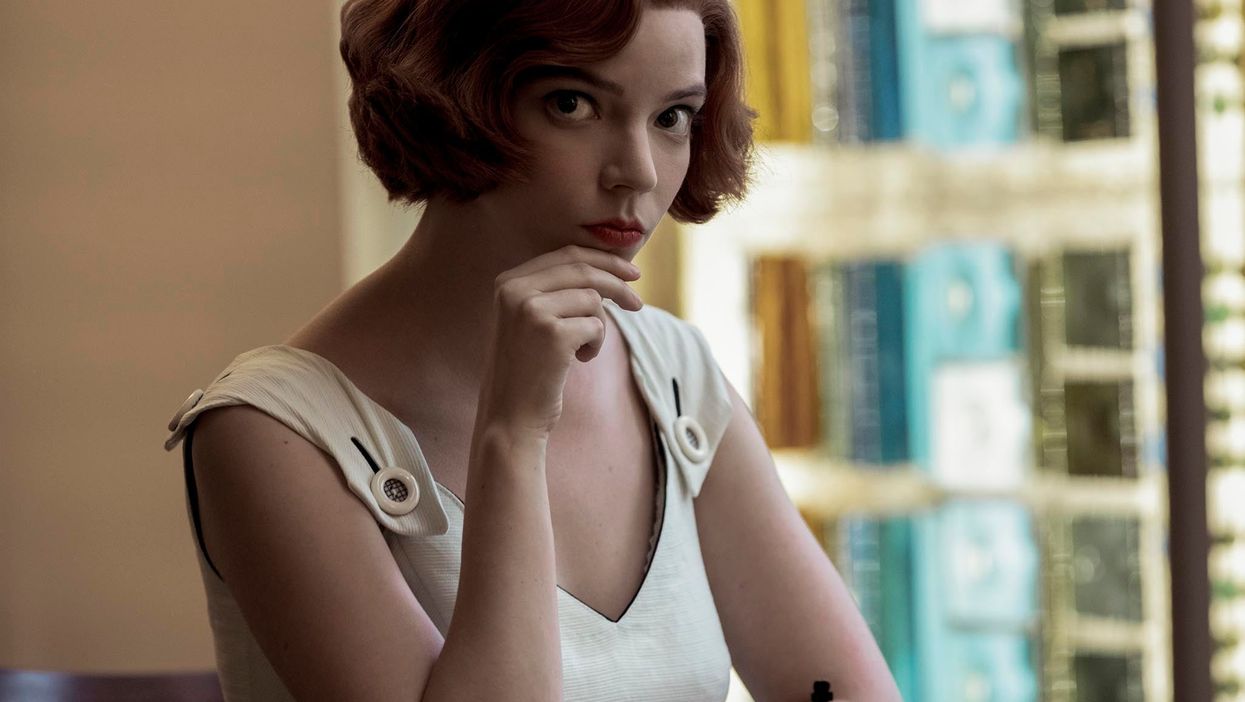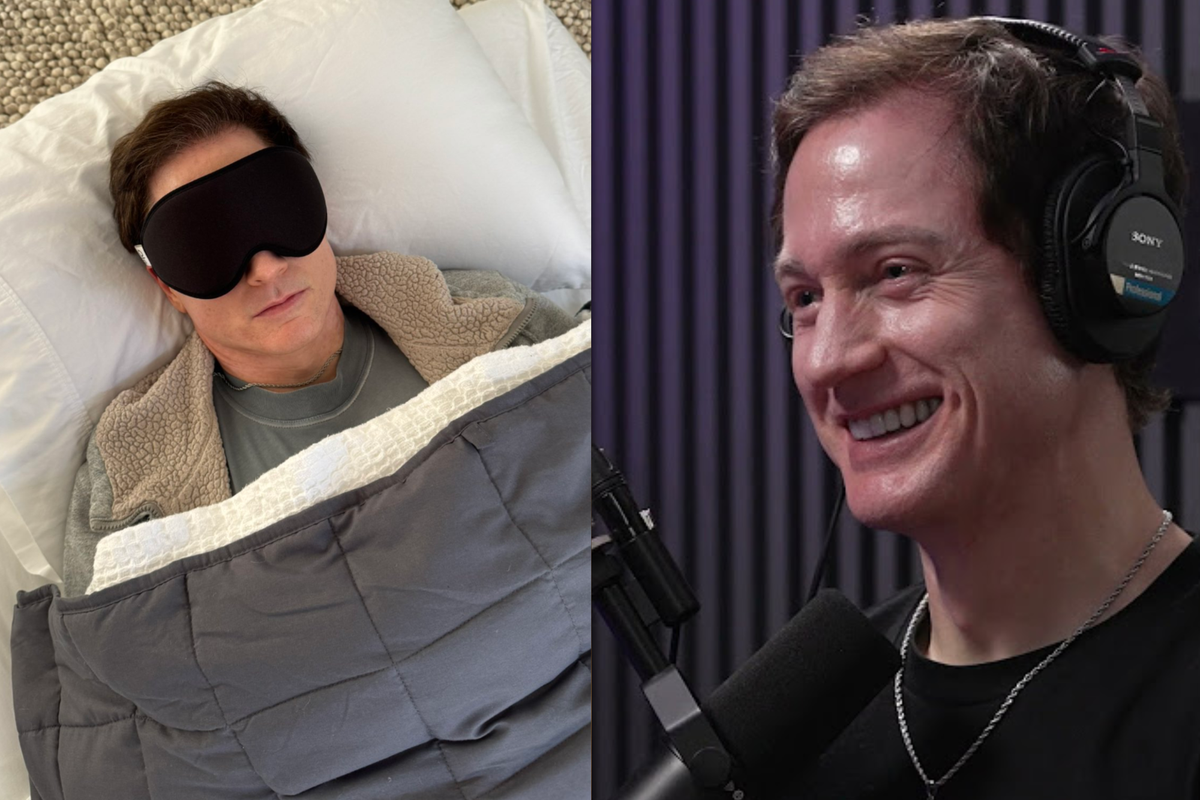News
Isobel van Hagen
Nov 30, 2020

Netflix
Representations of mental illness, addiction and alcoholism in cinema have historically been thorny – to put it mildly – with depictions of people with mental conditions as evil, delusional and downright ‘crazy’.
And while lately, films-makers have worked to improve these kinds of portrayals without demonising or stigmatising, the way in which they are presented is still crucial.
With this in mind, a scene from the highly-lauded Netflix series The Queen’s Gambit sparked intense discussion over how to present women – who have faced sexist representations of ‘hysteria’ throughout history – who have hit “rock bottom”.
A tweet over the weekend, which has so far garnered more than 400 thousand likes, shows an image of the series’s prodigy protagonist at one of her darkest moments. @thatconniechin wrote, “Male authors trying to show a woman at rock bottom”. The young Beth Harmon, a chess champion struggling with severe addiction and trauma from bereavement, is pictured in the post wearing underwear on a couch, smoking a cigarette and drinking a can of beer.
Many people commented on the post agreeing that this was an inaccurate, eroticised, and indeed sexist, depiction of a person going through mental anguish.
“Not the ‘let me lean over on the couch erotically in my lingerie and smoke a cigarette’ depression. In my 14 years with mental illness I have never had a breakdown while also looking like a model,” one person replied.
Another person imagined how a male writer might would fetishize this type of scenario, quipping: “She was beautiful, her eyes were big and her skin was perfectly clear even though she was going through a depressive episode, she wore a skimpy tank top that highlighted her curvy figure, her plump lips inhaled the smoke of her delicate vape”.
But while some thought this ‘seductive’ representation of “rock bottom” was surely just “living the dream”, others rejected this notion, responding, “That's not ‘living the dream’ it's called being an addict.”
The difficulty here is there is no one ‘good’ way of showing how people are unwell, as it manifests differently for everyone. The question lies in whether this was a conscious attempt to make her mental illness ‘sexy’, as it is especially difficult to imagine that a man suffering from alcoholism would be portrayed in a similar way.
It seems clear that the film industry should be cautious to show realistic representations of mental health issues on screen, as it makes people feel less alone in their own struggles. There is an argument, however, that for entertainment purposes hyperbole and embellishment should not only be acceptable, but that they play a predominant role in cinema.
“As someone in recovery... People are sometimes attracted to self-destruction. Rock-bottom can indeed be ‘sexy’...I believe the artistic decisions here were warranted,” another person wrote on the post.
Beautifying, objectifying, and further, simplifying the nuances and complicated narratives of addiction and mental conditions with a male gaze is clearly harmful. But perhaps the criticism of, say, Harmon having shaved legs in the scene, goes too far in the other direction.
As one user wrote, “I get that this image is not the best,” but “as someone who has been at rock bottom, can we not try to say what is rock bottom or not? Sometimes it's not easy to tell when someone is at their lowest.”
Top 100
The Conversation (0)













